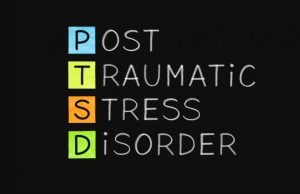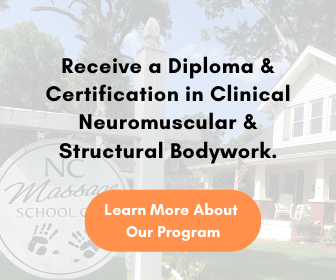 Post-traumatic stress disorder can be triggered by any event that an individual perceives to be scary, dangerous, and/or shocking. Just some of the significant traumas that can cause major PTSD symptoms to last for years include military combat, natural disasters, violent crime, sexual abuse, physical assault, and horrific accidents. While these examples may seem extreme, PTSD can occur from any instance where an individual is unable to fully deal with a traumatizing experience.
Post-traumatic stress disorder can be triggered by any event that an individual perceives to be scary, dangerous, and/or shocking. Just some of the significant traumas that can cause major PTSD symptoms to last for years include military combat, natural disasters, violent crime, sexual abuse, physical assault, and horrific accidents. While these examples may seem extreme, PTSD can occur from any instance where an individual is unable to fully deal with a traumatizing experience.
In fact, studies reveal that approximately 70% of adults in the United States have experienced some type of trauma that could result in PTSD. Additionally, PTSD United indicates that around 24.4 million individuals are struggling with post-traumatic stress disorder at any given time.
What are some of the common symptoms of PTSD?
- Chronic pain
- Fatigue
- Flashbacks
- Nightmares
- Trouble sleeping
- Feelings of guilt and shame
- Intrusive thoughts
- Emotional detachment
- Anxiety
- Depression
While post-traumatic stress disorder can be a significant hindrance on an individual’s quality of life, the good news is that this condition tends to be responsive to massage therapy for many patients.
During a massage treatment, tightness and trigger points in the patient’s muscles and tissues are addressed. This can help alleviate some of the pain that a PTSD patient has been experiencing. Additionally, by loosening things up and creating more flexibility for the patient, stress and anxiety can be lessened as well.
One of the biggest advantages of using massage to treat post-traumatic stress disorder is that it helps to promote overall relaxation. In turn, this can have many positive impacts on individuals who are suffering from PTSD. Increased relaxation can result in more normal sleep patterns, less pain, and a more positive way of thinking.
There are also a few unique benefits of massage therapy for PTSD patients. The duty of a massage therapist is to provide human touch that is positive, kind, stimulating, and empowering. This can allow patients to feel comfortable and safe during the experience, two feelings that they have likely been struggling with.
While each individual’s case and response are unique, there are many ways that massage can aid in the treatment of post-traumatic stress disorder.

